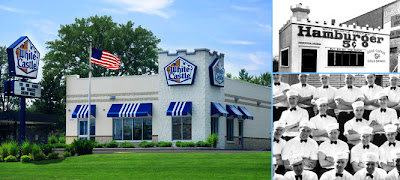Let's begin by looking at general information about obesity. These two diagrams show us how many percent of adults and children are obese:
“Today, the state with the lowest obesity rate would have had the highest rate in 1995. There was a clear tipping point in our national weight gain over the last twenty years, and we can't afford to ignore the impact obesity has on our health and corresponding health care spending.” said Jeff Levi, Ph.D., executive director of TFAH (http://healthyamericans.org/report/88/)
Many health problems arose as a result: diabetes and high blood pressure as most common ones, along with more than 30 other serious diseases that obesity contributes to increased rates of. These conditions worsen dramatically, for example, since 1995, diabetes rates have doubled in eight states.
In addition, it has been predicted that one in three americans will be obese by 2030; these two following links contain article discussing this matter: http://www.ama-assn.org/amednews/2011/09/12/hlsa0912.htm, http://www.pbs.org/newshour/rundown/2011/08/obesity-rates-rising-worldwide-us-could-hit-50-by-2030.html.
How do burgers and fast-food contribute to obesity?
I learned through my research that Americans spend over $140 billion on fast-food each year and the average serving size for burgers, fries, and sodas has more than tripled since 1970's. It was also found that there are now over 25,000 fast-food chains in America which is more than 1,000% increase since 1970.
Furthermore, I was shocked reading this fact in particular: "A cheeseburger happy meal with fries and a
Sprite at McDonalds has 640 calories and 24 grams of
fat," which is over half of calories that children are supposed to be consuming a day. Recalling the fact that I ate so much cheeseburger happy meal sets in my childhood, I was thankful that I had burned enough calories.
(http://www.thehealthyeatingguide.com/healthyeatingstatistics.html and http://www.tree.com/health/obesity-causes-fast-food.aspx particularly links fast-food with obesity.)
Through looking up statistics and articles that talk about a serious epidemic problem in America: Obesity, I feel like I have gained a better understanding of hamburgers apart from the book because Josh Ozersky refrained from discussing this Icon of America along with other fast-foods as contributing factors to this issue.
Thanks to those who brought up this topic in their comments:)











